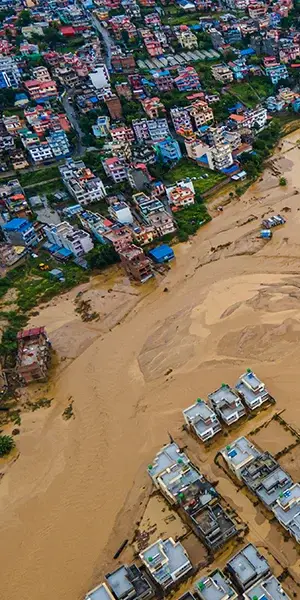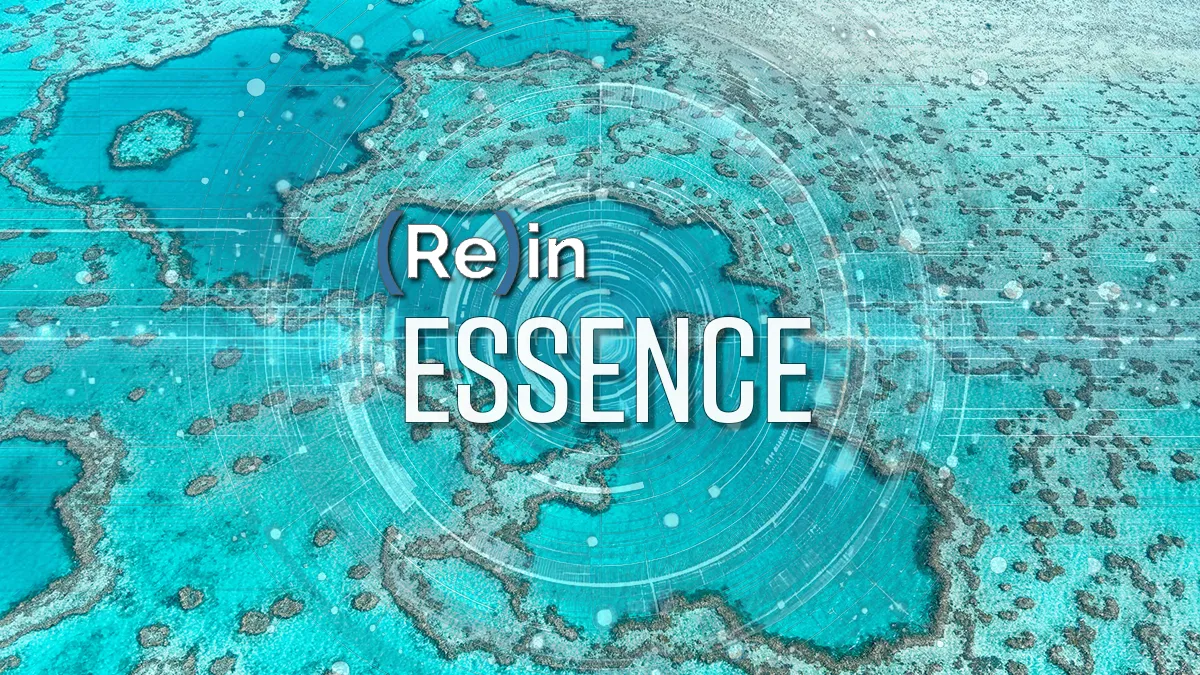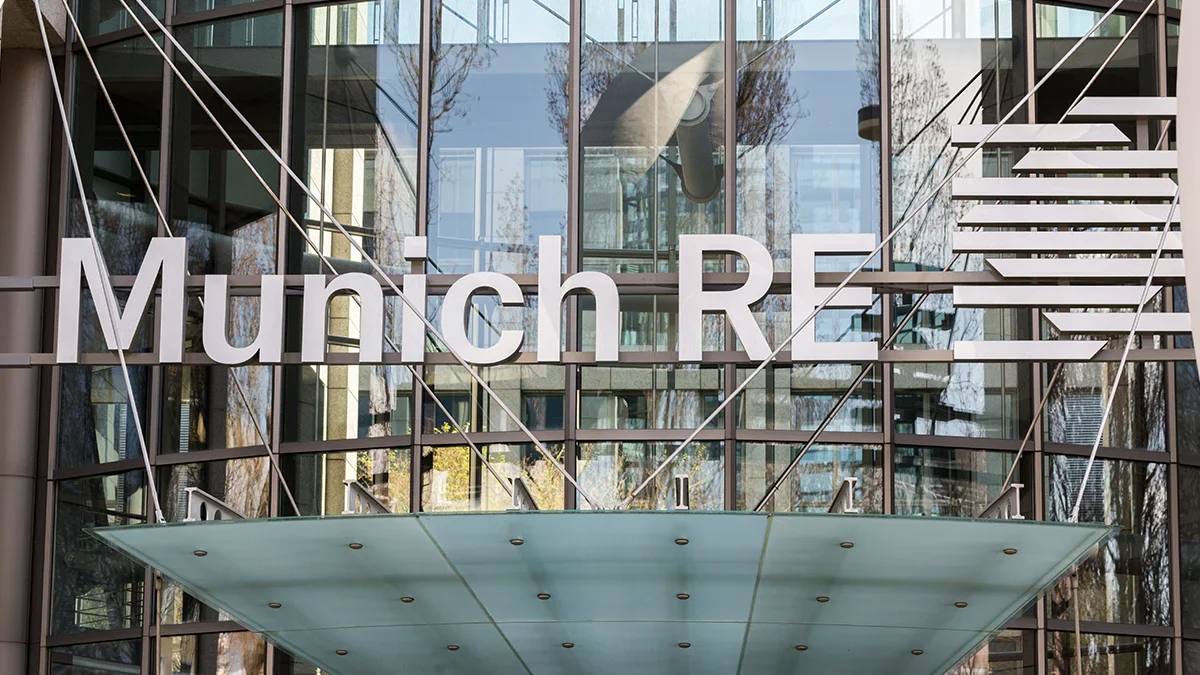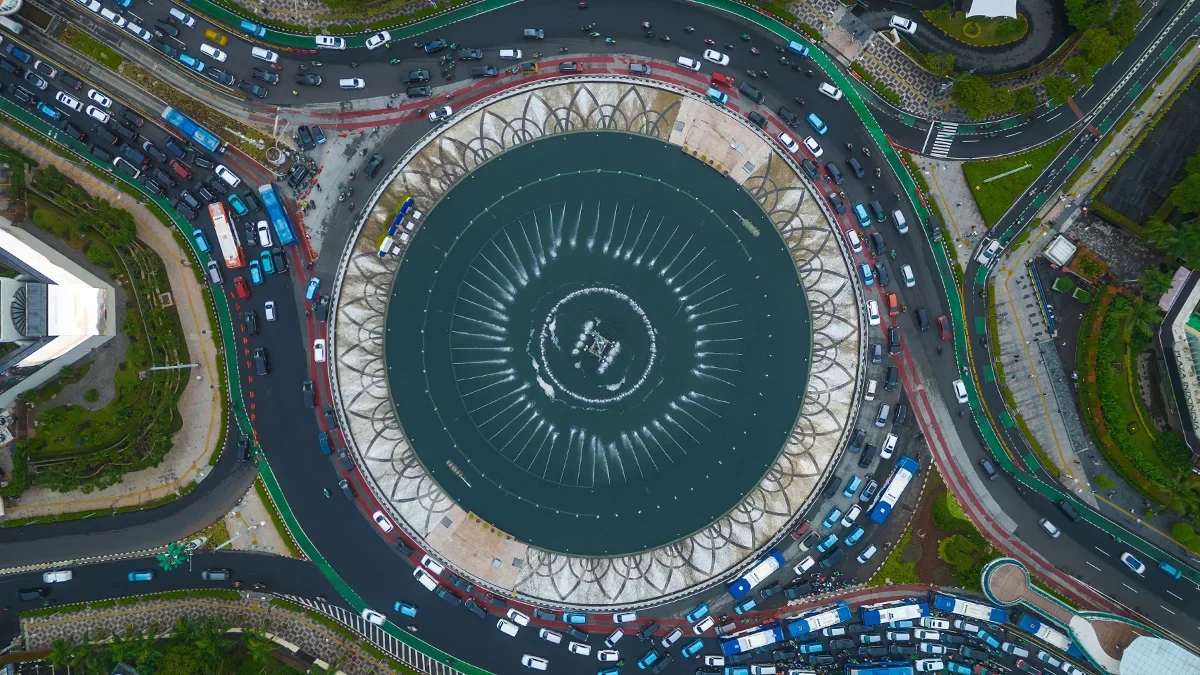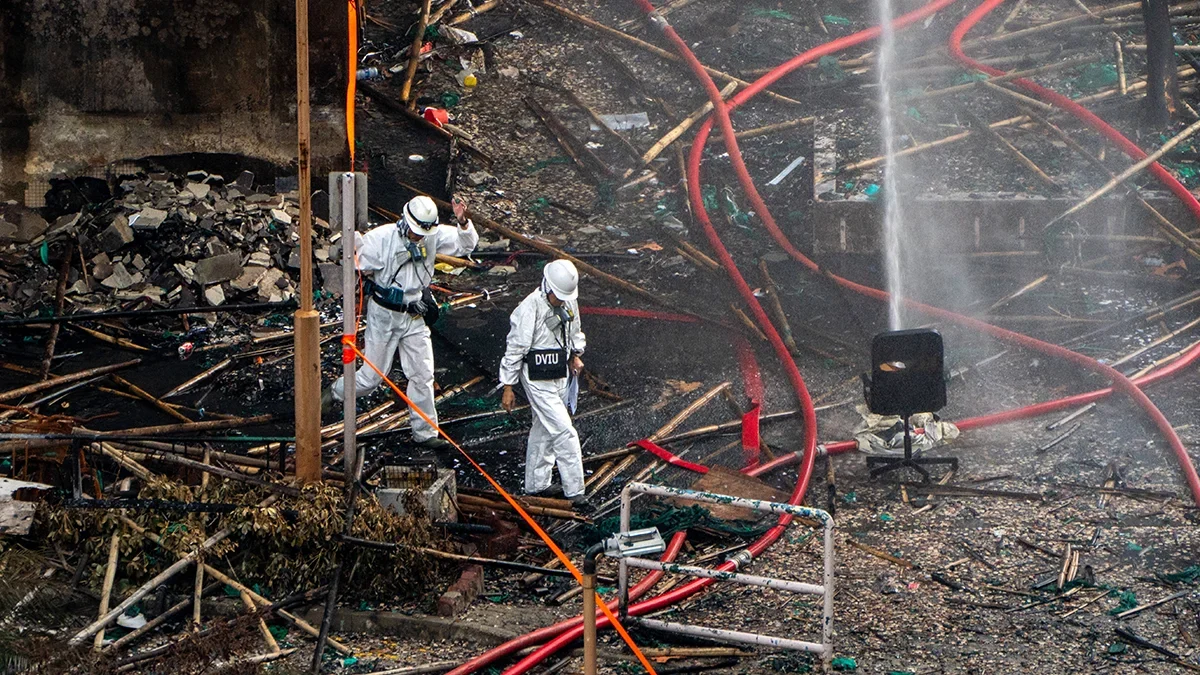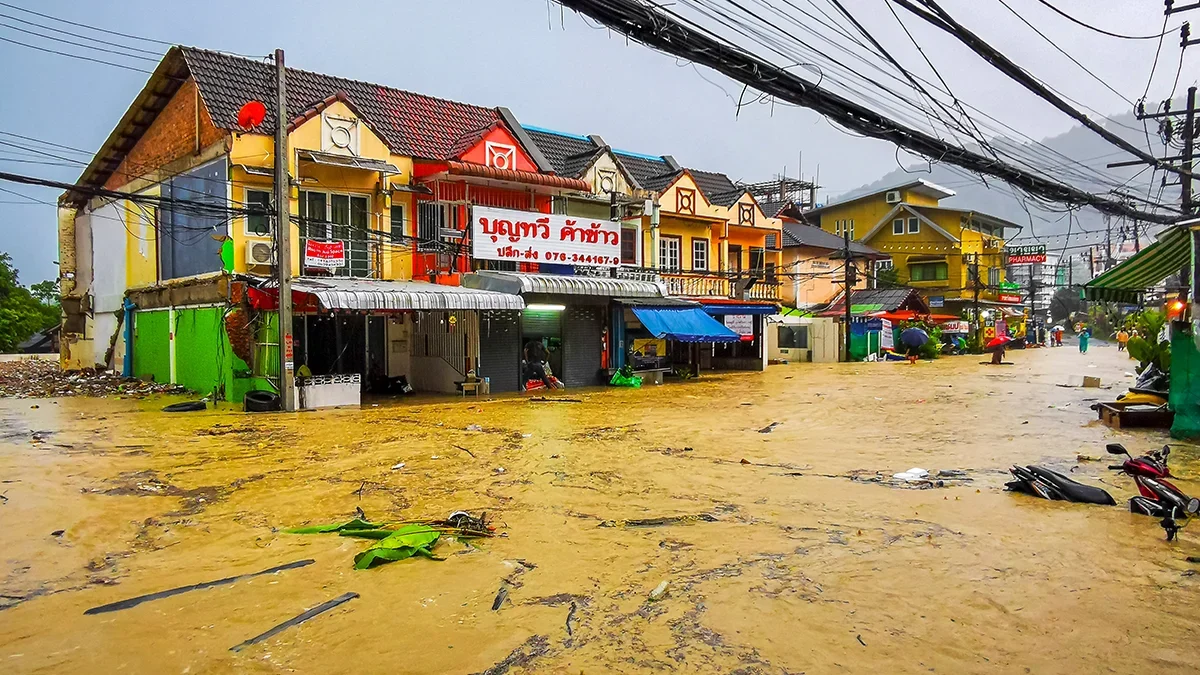edition
• Budget includes AU$138.7m for disaster preparedness and $519.1m for drought resilience.
• A new Insurance Affordability and Natural Hazard Risk Reduction Taskforce will be established.
• AU$448.7m is committed to a satellite program to enhance climate change monitoring and disaster response.
• Over $65bn investment in renewable energy to transform Australia into a “renewable energy superpower.”
• Insurance Council of Australia supports funding but advocates for further investment in risk reduction and resilience.
• S&P Global notes minimal financial impact on insurers from Hualien earthquake due to state mechanisms abd reinsurance.
• The Taiwan Residential Earthquake Insurance Fund (TREIF) had activated a new risk spreading mechanism on April 1.
• Taiwan insurers have adequate reinsurance for property catastrophe risks.
• Insurers are still exposed to business interruption losses; while this could reach NT$10bn, disaster mitigation is likely to have a played a roll in reducing losses.
• GI market projected to grow at a CAGR of 9.9% to reach INR4.89 trillion (US$57.3bn) by 2028, with key growth in PA&H, motor, and property insurance segments.
• Launch of Bima Sugam, an insurance electronic marketplace, is expected to facilitate growth by improving transparency, efficiency, and collaboration across the insurance value chain.
• Regulatory reforms and government initiatives, such as the proposed healthcare regulator and increased infrastructure spending, are set to support the expansion of the general insurance industry in India.
• Everest launches Australian insurance operations with offices in Sydney and Melbourne following approval from APRA.
• Christian Colombera to lead the business as Managing Director of Australia and Head of Pacific.
• Insurer has a focus on tailored risk solutions in property, casualty, financial lines, professional lines, and energy and construction sectors.












